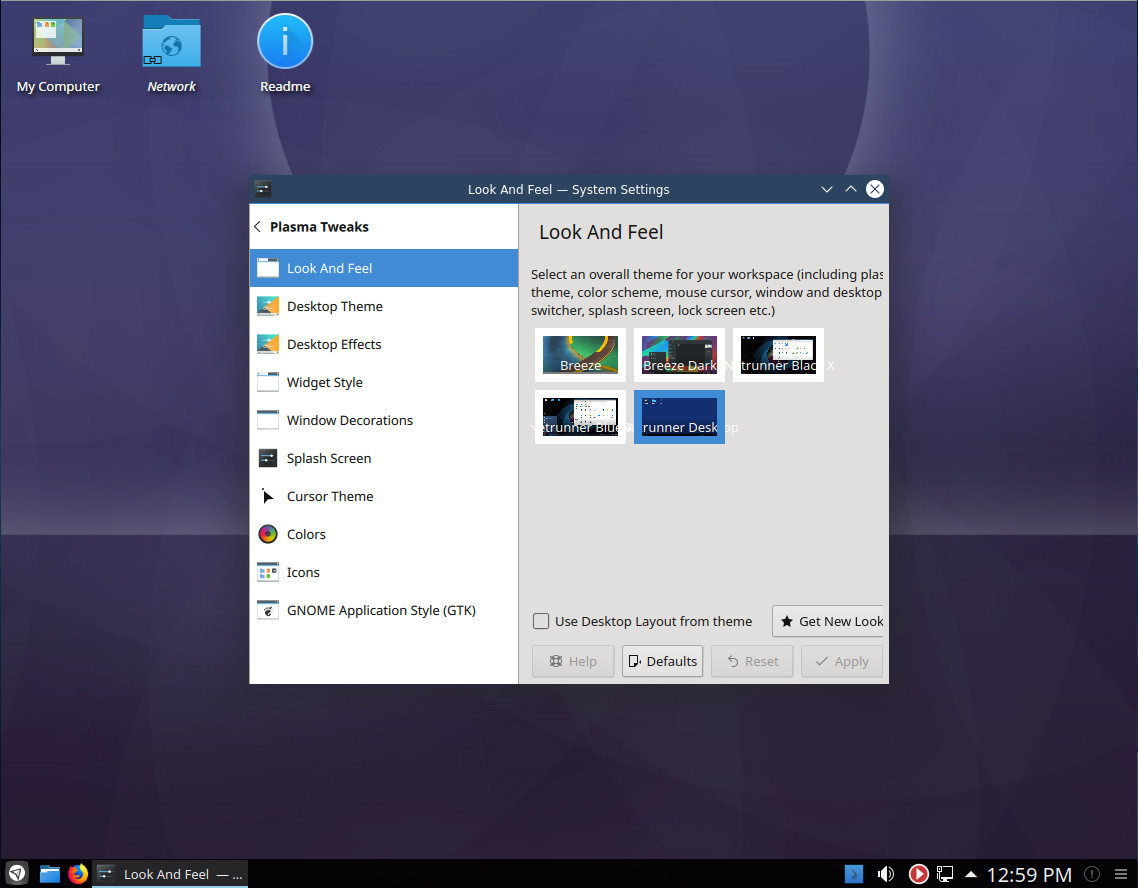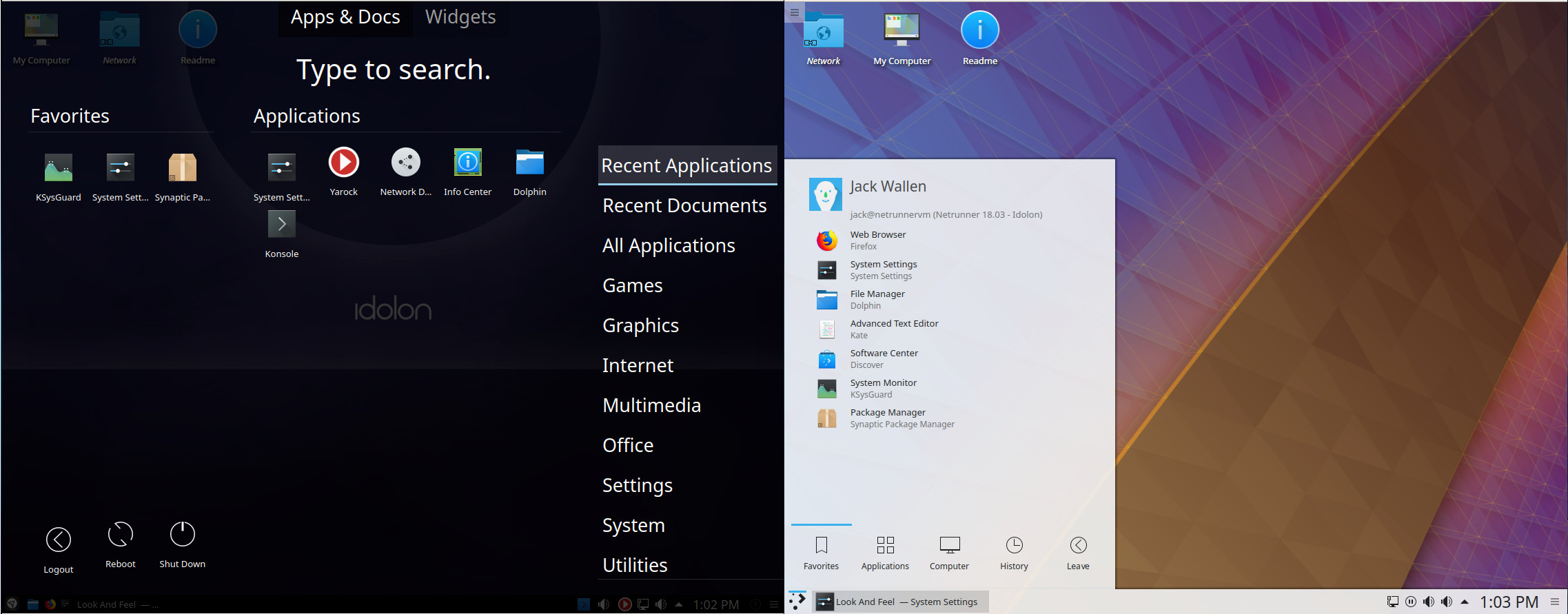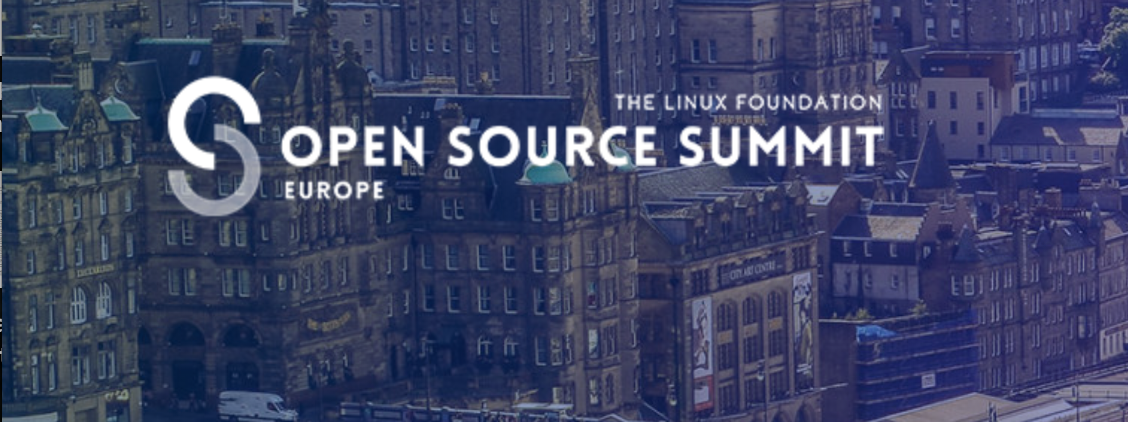Make the most of your time at Open Source Summit/ELC + OpenIoT Summit Europe!
Over a dozen events taking place alongside Open Source Summit and ELC+OpenIoT Summit Europe offer attendees even more ways to increase skills and connections – all in one trip. 300 conference sessions, 2000 attendees, 13 co-located events and dozens of event experiences; if you’re not registered yet, now is the time.
REGISTER NOW »
Sign up to receive updates on Open Source Summit Europe:
Co-Located Events:
Embedded Apprentice Linux Engineer Track – Mon., Oct. 22 & Tues., Oct. 23*
Are you an Embedded Engineer who is transitioning to using Linux? Embedded Apprentice Linux Engineer is a series of 8 seminars over 2 days taught by a professional Embedded Linux Instructor with years of practical experience.
OpenChain Workshop – The Supply Chain Compliance Solution (Not A Blockchain) – Tues., Oct. 23
The OpenChain Project defines the key requirements for a quality open source compliance program through a single, simple specification. This workshop will feature the latest developments around supply chain compliance and provide an excellent opportunity for attendees to both learn from and contribute to the project work teams.
Hyperledger Scotland Meetup – Tues., Oct. 23
Hyperledger is an open source collaborative effort created to advance cross-industry blockchain technologies. It is a global collaboration hosted by The Linux Foundation and including leaders in finance, banking, IoT, supply chains, manufacturing and technology. Hyperledger Meetup groups have an informal relationship with Hyperledger, and make up a key part of the Hyperledger ecosystem.
LF Energy Summit – Wed., Oct. 24*
The inaugural LF Energy Summit will focus on creating a shared vision to accelerate and transform the world’s relationship with energy by including the perspectives of power systems engineers and executives with open source developers. Together, we will identify the best paths to building a vibrant ecosystem with specific and practical outcomes for next steps and technical groups where companies and individuals can contribute. Space is limited, register today.
Linux in Safety-Critical Systems Summit – Wed., Oct. 24
This summit will inform interested developers and users about the activities and plans to support the use of Linux in safety-critical systems, presenting developments in the SIL2LinuxMP project and work from others that are valuable to the project.
IoT Apprentice Linux Engineer Track – Wed., Oct. 24*
The I-ALE program introduces Linux engineers to a more deeply embedded platform and programming. This series of 3 seminars will introduce you to a small micro controller on a board with various input and output devices which will allow you to build an Internet-connected device you can hang on your wall.
Linux Security Summit (LSS) Europe – Thurs., Oct. 25 & Fri, Oct. 26*
The Linux Security Summit (LSS) is a technical forum for collaboration between Linux developers, researchers, and end users. Its primary aim is to foster community efforts in analyzing and solving Linux security challenges.
Zephyr Hackathon – “Get Connected” – Thurs., Oct. 25
Includes a Zephyr orientation session and the chance to learn the tips and tricks of setting up a development environment and working with Zephyr. Note: Currently Full, Waitlist Only.
Tracing Summit – Thurs., Oct. 25
The goal of the Tracing Summit is to provide space for discussion between people of the various areas that benefit from tracing, namely parallel, distributed and/or real-time systems, as well as kernel development.
Linux Media Summit – Thurs., Oct. 25
The Linux Media Summit is the premier forum to discuss the Linux multimedia development for cameras, audio and video streaming devices, analog/digital TV support, remote controller and HDMI Consumer Electronics Control (CEC) at the Linux Kernel and its userspace APIs.
Yocto Project Dev Day Europe 2018 – Thurs., Oct. 25*
A one day, hands-on training that puts you in direct contact with Yocto Project technical experts and developers. Its primary goal is to show developers how to create custom-build Linux distributions for embedded devices by using layers and recipes designed to resolve incompatibilities between different configurations.
Real-Time Summit – Thurs., Oct. 25*
The Real-Time Summit is organized by the Linux Foundation Real-Time Linux (RTL) collaborative project. The event is intended to gather developers and users of the PREEMPT_RT patch, providing room for discussion between developers, tooling experts, and users.
FOSSology – Hands on Training – Thurs., Oct. 25*
This hands-on training session will provide this understanding of FOSSology, an open source license compliance software system and toolkit.
This hands-on training session will provide this understanding of FOSSology, an open source license compliance software system and toolkit.
*Co-located events with an additional fee are denoted with an asterisk.
In addition to all these great co-located event offerings, we want to remind you of all the other experiences that the conference provides for attendees.
Sunday, October 21
Better Together Diversity Social
Monday, October 22
Diversity Empowerment Summit
First-time Attendee Breakfast
Sightseeing Bus Tour
Women in Open Source Lunch
Attendee Opening Reception at the National Museum of Scotland
Tuesday, October 23
Open Source Career Breakfast
Diversity Empowerment Summit
Speed Networking & Mentoring
Onsite Attendee Reception & Sponsor + Technical Showcase
5K Fun Run
Partner Reception – Invitation Only
Wednesday, October 24
Morning Meditation
Diversity Empowerment Summit
REGISTER NOW »




